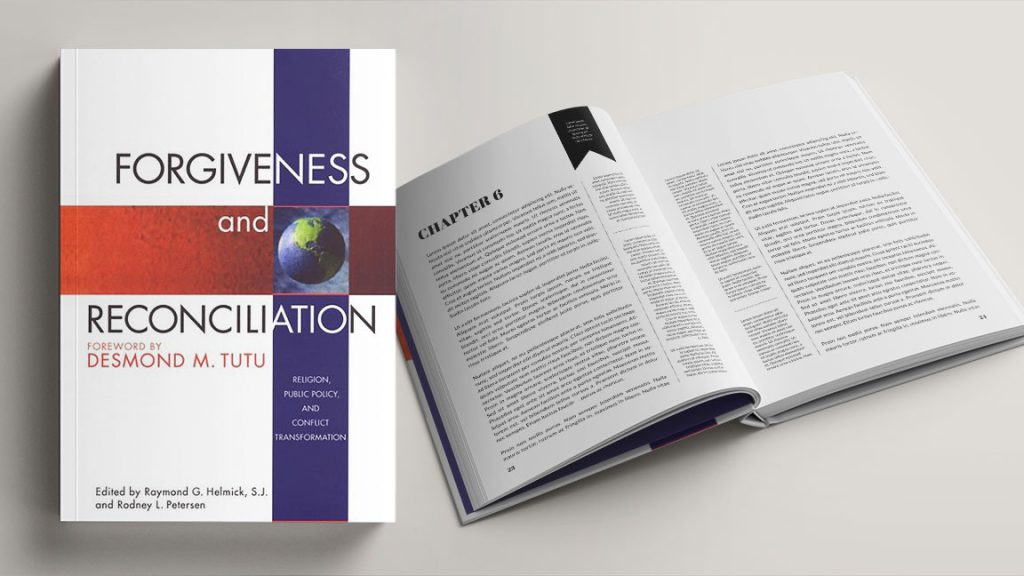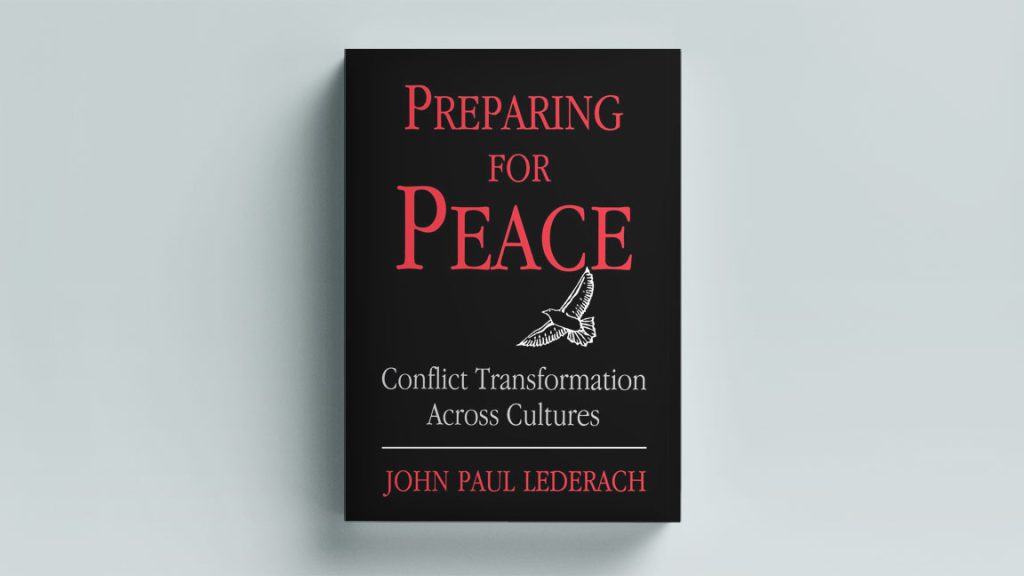
"It is in the ebb and flow, the quality interdependence of relationships that we find the birthplace and home of reconciliation."
In my early college days in the 1970s I searched high and low for a degree program that would provide me preparation and a BA degree in conflict and peace studies. At the time you could count those programs on one hand and probably only needed three fingers. Today they abound. Most focus on conflict resolution, many with an emphasis on the practical skills of mediation. In recent years, on the far cutting edge of those programs you have begun to find courses offered in reconciliation. Ironically, as a discipline conflict resolution is still considered in its infancy, soft on the edges, and according to the more accepted fields of academic endeavor still struggling to find the legs of legitimacy. If we were to follow this metaphor, the study, practice, and theory of reconciliation is barely in a stage of conception.
It is a paradox of sorts that human concern for and interest in reconciliation is as old as the hills and at the same in a pre-infancy stage. I have been a student, practitioner, researcher, and teacher in the fields of conflict transformation and peacebuilding for twenty-five years…
Lederach, John Paul. “Five Qualities of Practice in Support of Reconciliation Processes.” In Forgiveness and Reconciliation: Religion, Public Policy, and Conflict Transformation, edited by Raymond G. Helmick and Rodney Lawrence Petersen, 193–204. Philadelphia, Pennsylvania: Templeton Press, 2001.
Shared with the permission of Templeton Press.


